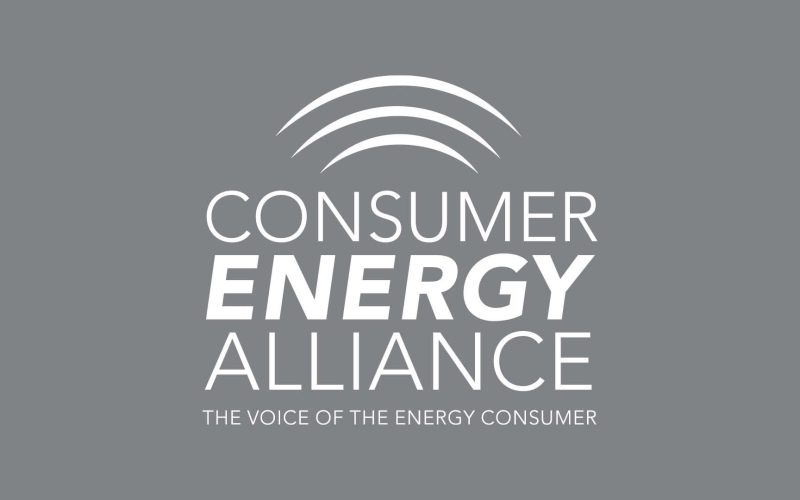THE VOICE FOR THE ENERGY CONSUMER

New York State Association for Affordable Housing talked about the hardships families will face if New York City does not get access to additional supplies of natural gas. NYSAFAH, which.

Group Says Baton Rouge Event Showcases How Energy Influences a Growing Louisiana BATON ROUGE, L.A. – Consumer Energy Alliance (CEA), the nation’s leading energy advocate for families and small businesses,.

CEA President, David Holt, discusses why pipeline and FERC protestors undermine the very environmental goals that they set out to advocate for – as pipelines are the safest and most.

Washington, DC – Today, Consumer Energy Alliance (CEA), the nation’s leading energy advocate for families and small businesses, urged the Trump administration to move forward with a comprehensive and responsible.

Chris Ventura, CEA Midwest’s Executive Director, urges Governor Whitmer to not shut down Line 5. Just this one pipeline shut down would cost motorists over $121 million more per year.

New Mexico’s citizens are blessed with wide-open stretches of beauty that appropriately gives the state its title of Land of Enchantment. From the rocky cliffs of the Sangre de Cristos,.

New Mexico’s families have the highest credit card debt in America, according to CreditCards.com. In fact, the average burden of $8,323 a month in credit card debt would require a.

New Mexico pulled off a rare feat late last year – it had record-setting home sales while high mortgage costs dulled sales across the country. That sounds like a much-needed.

CEA’s Chris Ventura expresses disappointment with protestors outside of the West Virginia Manufacturers Association’s recent Marcellus and Manufacturing Development Conference in Morgantown. It’s easy to protest and say “no” to.

Over the last decade, America has continued to reduce emissions while still utilizing a diverse mix of energy resources. This has been accomplished through new technology, better construction practices, and.